Listed below is information to help you get oriented and better explore Canyon de Chelly National Monument. Whether you take the North or the South Rim Drive you'll get a great idea of the different areas of the park by clicking on the options below.
- Loading
Your request has been processed, thank you!
We also have the following visitor guides in Arizona. Click on any additional guides you would like to receive.


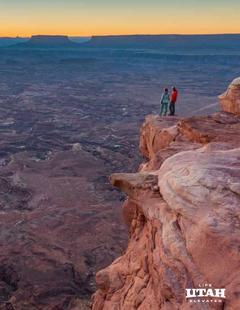


Utah - Life Elevated Statewide
Utah - Life Elevated


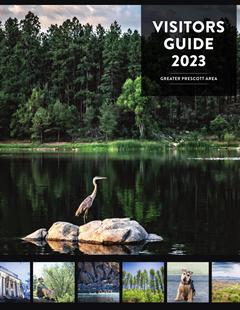


Prescott: An Arizona Gem Central Arizona
Prescott: An Arizona Gem


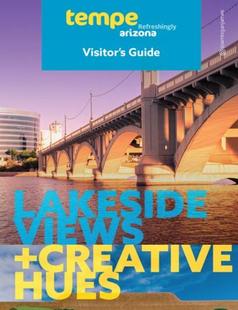


Tempe Phoenix Area - Central Arizona
Tempe





Chandler Phoenix area - Central Arizona
Chandler


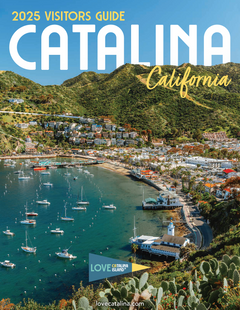


Catalina Island Southern California
Catalina Island


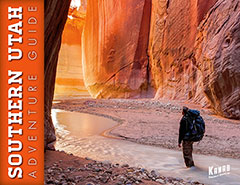


Zion National Park - North Rim Grand Canyon Southern Utah
Zion National Park - North Rim Grand Canyon


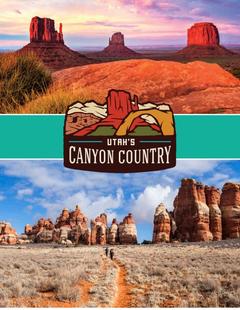


San Juan County Southeast Utah
San Juan County


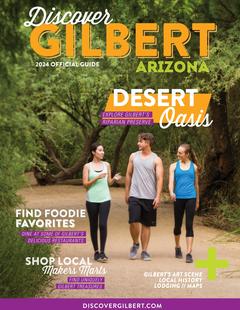


Discover Gilbert Phoenix Area
Discover Gilbert


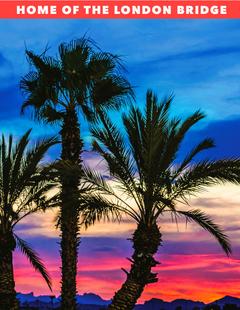


Lake Havasu City Western Arizona
Lake Havasu City


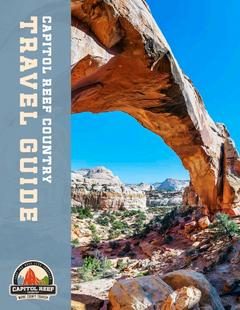


Capitol Reef Country Central Utah
Capitol Reef Country


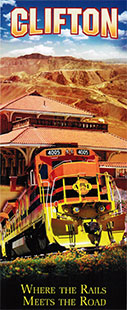


Town of Clifton Southeastern
Town of Clifton


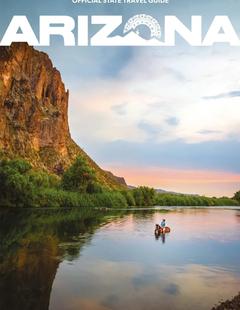


Arizona - The Grand Canyon State Arizona
Arizona - The Grand Canyon State


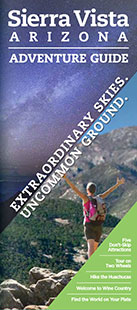


Sierra Vista Southern Arizona
Sierra Vista


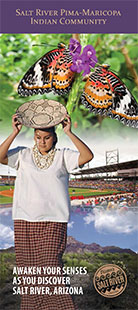


Discover Salt River Scottsdale Area
Discover Salt River


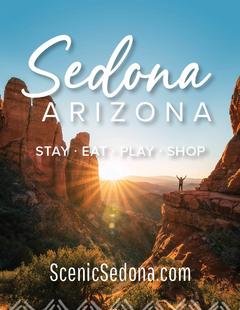


Sedona Central Arizona
Sedona


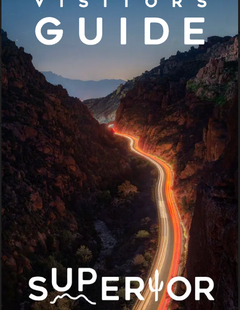


Superior Southeastern Arizona
Superior


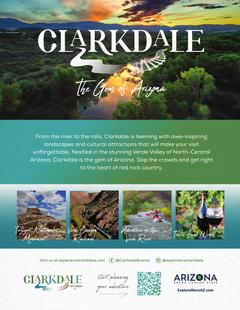


Town of Clarkdale North-Central Arizona
Town of Clarkdale


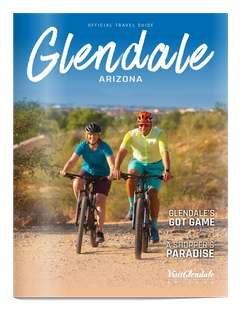


Glendale Phoenix Area - Central Arizona
Glendale


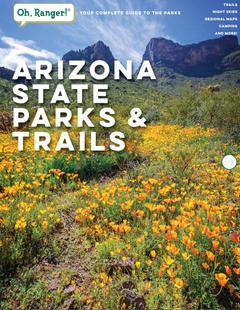


Arizona State Parks State of Arizona
Arizona State Parks


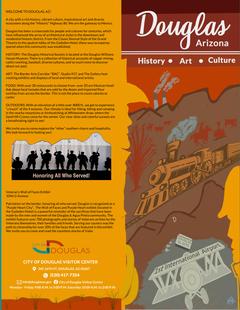


Douglas, Arizona Southern Arizona
Douglas, Arizona


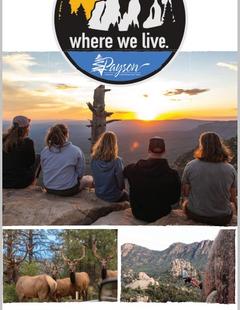


Town of Payson Central Arizona
Town of Payson


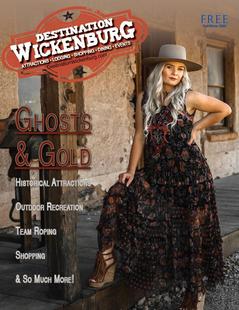


Wickenburg Central Arizona
Wickenburg


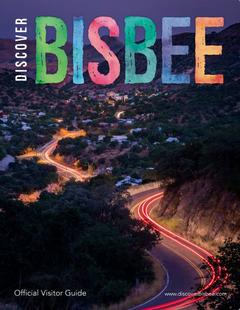


Bisbee Southern Arizona
Bisbee


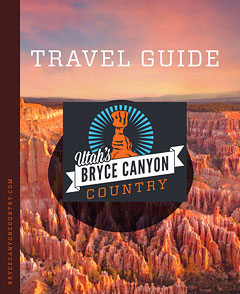


Bryce Canyon Country Southern Utah
Bryce Canyon Country


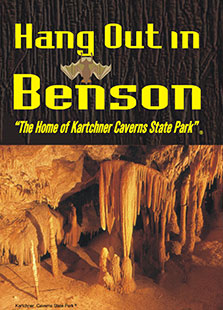


Benson Southeast
Benson
Specialty Guides


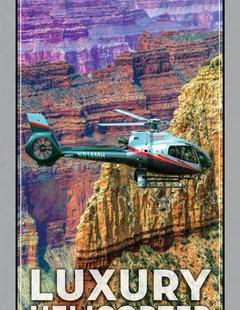


Maverick Helicopters Nevada, Arizona, Hawaii, and California
Maverick Helicopters
We also have visitor guides available in states highlighted in blue below. Click on any state to see what's available.
- Alaska
- Arizona
- California
- Canada
- Colorado
- Hawaii
- Idaho
- Michigan
- Montana
- Nevada
- New Mexico
- Ohio
- Oregon
- Texas
- Utah
- Washington
- Wyoming
Overview
For good views of the canyons and ruins in Canyon de Chelly National Monument, take the two rim drives. The South Rim Drive is a 36 mile round trip through Canyon de Chelly, and leads to eight overlooks. The North Rim Drive is a 34 mile round trip through Canyon del Muerto, and leads to four overlooks.
If you wish to hike anywhere except White House Trail or take your own four-wheel-drive vehicle into the canyons, the park ranger on duty at the visitor center will help you arrange for an authorized guide and will provide you with the necessary permit. In winter and at certain other times of the year, the canyons are impassable.
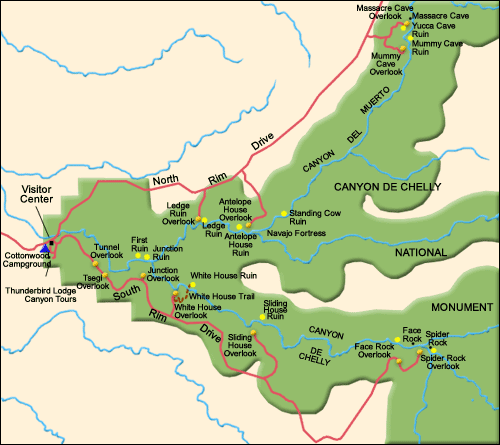
South and North Rim Drives
South Rim Drive
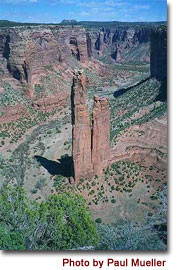 The South Rim Drive is not a through road but offers more dramatic vistas than the north road.
The South Rim Drive is not a through road but offers more dramatic vistas than the north road.
Seven miles along the drive is the White House Trail trailhead. The only trail in the canyon that does not require a guide, the White House Trail leads to ruins that date from about 1200 A.D. -- some of the oldest in Canyon De Chelly National Monument.
The South Rim Drive ends at the canyon's most spectacular viewpoint, the Spider Rocks Overlook. The twin 800 foot towers of rock isolated from the canyon walls are a site of special significance for the Navajo. According to legend, the Spider Woman, who taught the Navajo women to weave, lives on top and keeps the bones of her victims there. Beyond the towers, the main canyon continues for many miles.
North Rim Drive
The North Rim Drive offers several impressive overlooks, including Massacre Cave Overlook. It was from this vantage point that the Spanish soldiers may have fired upon the Navajos during the infamous "massacre of 1803." Spanish accounts describe a battle against Indians "... entrenched in an almost inaccessible point ..." and the killing of 90 warriors and 25 women and children. The Navajo, however say many men were away hunting at the time. Thus the dead were mostly women, children, and old men who had sought refuge from the invaders.
The Navajo call the alcove Adah Aho' doo' nili - Two Fell Off - referring to a brave Navajo woman who grappled with a soldier and tumbled to her death, dragging the enemy with her.
Some Other Things To Know
Quicksand, deep dry sand, and flash floods make the canyons hazardous. For your safety, the protection of the many fragile ruins, and respect for the privacy of the Navajos whose land this is, you are allowed to travel in the canyons only when accompanied by a park ranger or an authorized guide. Travel to and from White House Ruin on the hiking trail is the only exception to this rule.












